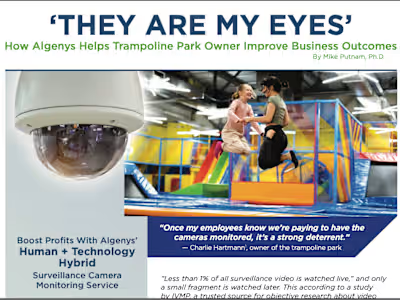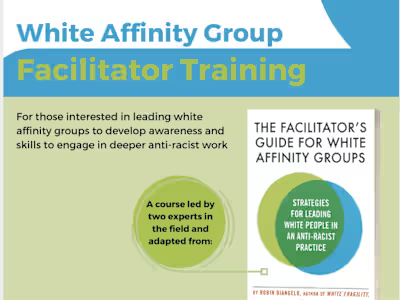B2B Case Study 1: EmpowerID secures SIEMENS' cloud-based systems
Overview 🔎
Case Study Title: "EmpowerID helps SIEMENS enforce Zero Trust and Secure the World’s Largest Azure Active Directory"
My client: EmpowerID is a SaaS company in the Identity and Access Management (IAM) space with several major clients in the EU and US.
Goal: Showcase how EmpowerID’s award-winning IAM systems enabled global industrial leader SIEMENS to secure their on-premise and cloud-based systems.
Narrative: Customer success stories, aka case studies, follow a simple but powerful narrative structure: the challenges the customer faced, the solutions my client provided, and the results they helped the customer achieve.
Challenges ⛰
Before this project, I’d never worked in the cybersecurity space or heard the phrase “Identity and Access Management” which is the branch of cybersecurity at the heart of my client’s business. EmpowerID shared documentation with me, but for the most part I researched the industry and learned the ropes independently. I’m particularly proud of this given the technical nature of the industry.
The audience for this case study is executives who are NOT fluent in cybersecurity technology or jargon. Therefore, my task was to produce a case study that covered highly technical topics, but to do so using accessible and non-technical language.
My Process 🧩
Leave no stone unturned: Research my client, their industry, competitors, the customer for the case study, the challenges they were facing, the solutions that my client provided, and the results the customer achieved based on those solutions.
Create questionnaire #1: Compile a detailed questionnaire to interview a representative from my client’s company who is familiar with the customer’s case. The questionnaire follows the classic case study “problem, solution, results” narrative outlined above.
Interview, connect, and learn from my client: The structure of the interview follows the classic narrative, but an interview is much more than a stale question and answer session. Without rapport and human connection, the story will be flat, with no drive. The first thing I do in an interview is make the person comfortable, get them to laugh a little and relax. When the serious questions start, I use active listening techniques to make them feel heard. This way, I’m able to draw out stories, details, and specific examples with careful follow-up questions. Finally, I elicit the emotional experiences of the key players to make the story dramatic, relatable, and give the readers a strong sense of the stakes involved.
Create questionnaire #2: Based on the results of the first interview, I compile a second questionnaire for the customer (again, a representative familiar with the ways in which my client’s services helped them succeed). This questionnaire follows the same structure as the first.
Interview, connect, and learn from the customer: Conduct the interview, using the same strategies and techniques outlined above.
Analyze and annotate the transcripts: Sifting through the transcripts in detail allows me to identify themes, powerful quotations, and story elements that fit the case study narrative (problem, solution, results). I also identify compelling ways that the interviews complement each other to help me weave them together into a cohesive story that carries the reader through the narrative.
Draft the case study: Drawing on my background research and both interviews, I focus my writing on the most powerful quotations and story elements to showcase the challenges and success stories revealed in the interviews. I focus on quotations for several reasons. First, the human voice lends authenticity and authority to the narrative. Second, through their voices, the reader gets to know and relates to the key players in the story. And finally, the most powerful quotations not only drive home the most important points, but can also be extracted from the final version of the case study and easily repurposed for social media posts, email newsletters, or other content.
Submit the case study: My first drafts rarely require more than minor revisions. Nevertheless, I include two rounds of revisions in my price.
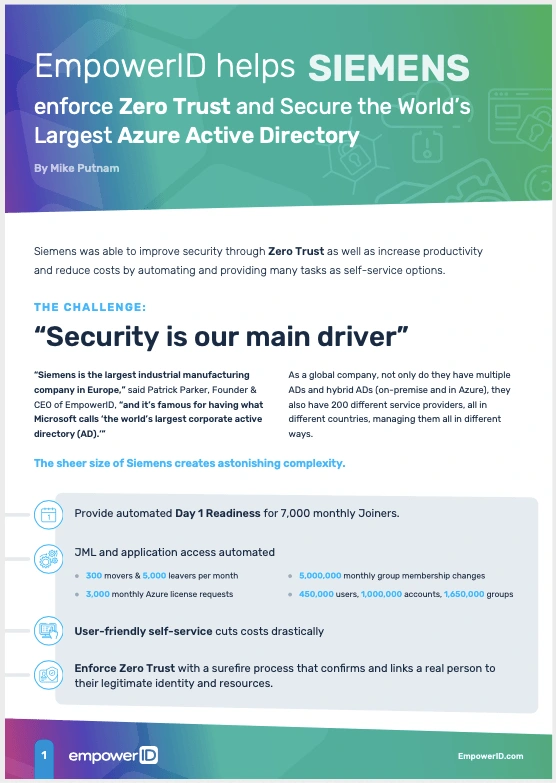
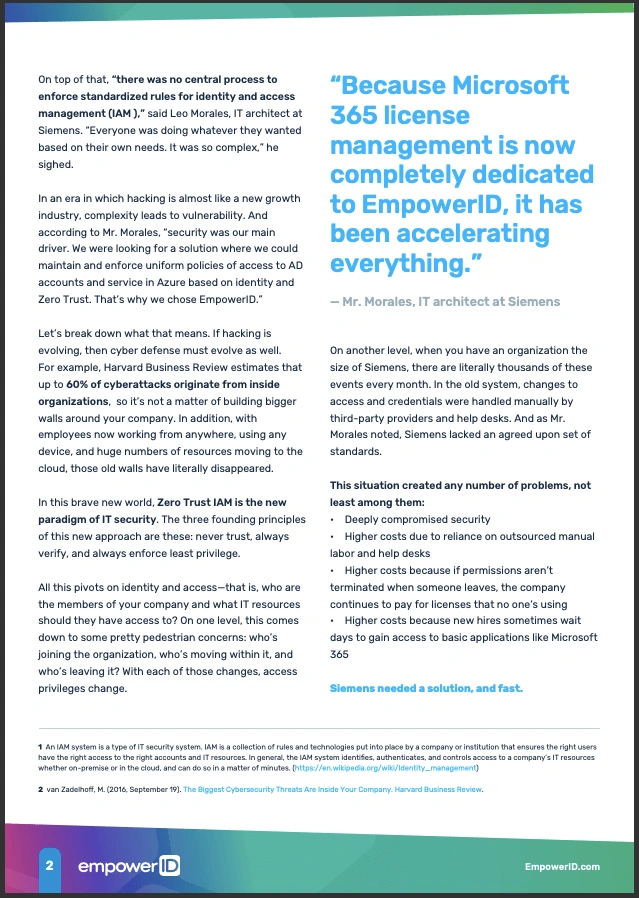

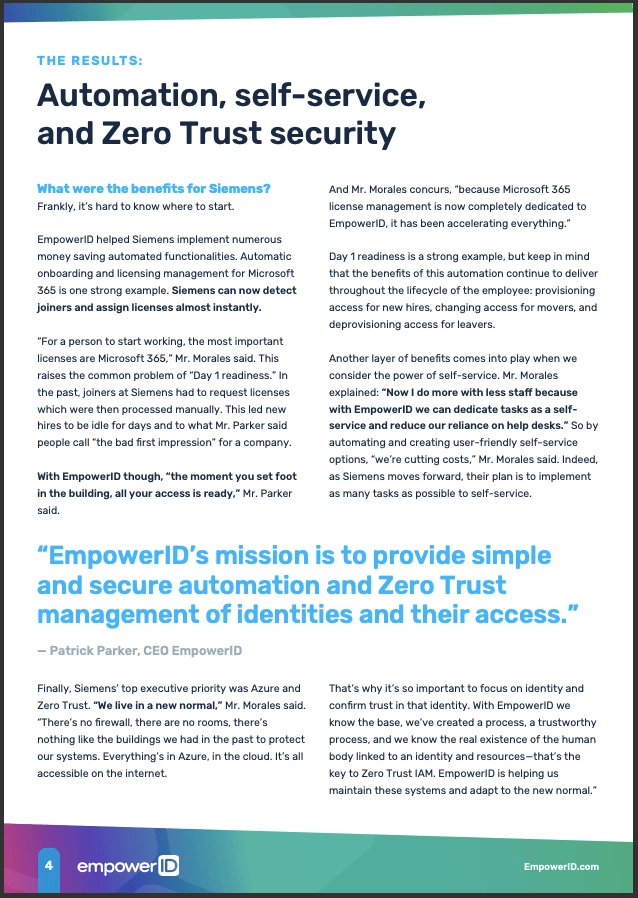
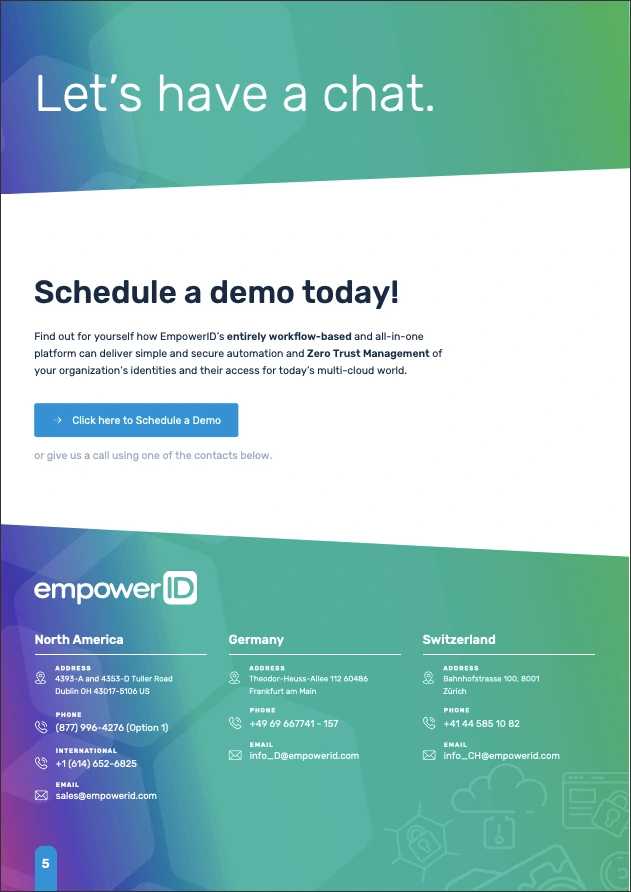
Results 💪
This project succeeded for a number of reasons.
First, my client asked me to write for a non-technical audience and I enjoy translating complex information into more accessible language for prospects. You can see evidence of this in the case study where after a fairly dense paragraph, I take a step back and write: “Let’s break down what that means” (on page 2, paragraph 3).
Second, while this story could have been bogged down with the technical details of IT and cybersecurity, I was able to connect with the people I interviewed on a personal level. As such, their stories were emotional, candid, and authentic. This allowed me to turn what might have been a fairly bland technical report into a compelling customer success story that captured the human element behind the complex business challenges that both companies faced and were able to overcome.
Third, when I interviewed the CEO of EmpowerID for this piece, I picked up on his sense of humor and his “swag.” In the case study I captured his personality to the extent that he laughed out loud when he read it. Later he told me that he “couldn’t be happier” with the results.
Finally, when a client puts my work “above the fold” on the homepage of their website, I know that I’ve delivered an exceptional product: see https://www.empowerid.com/
"Amazing talent - would highly recommend him to anyone!"
— Alexander Spoerri, Global Sales Manager, EmpowerID
Takeaways 📣
Creating long-form content like case studies is critical for your business’ marketing effort.
Everybody loves a testimonial. But typical testimonials are often quite superficial. Case studies are extended testimonials that educate the reader about your solutions and prove that you can deliver the goods. Case studies give prospects the confidence they need to buy.
Far from being a single marketing asset, case studies can be quickly repurposed to fortify content for social media, email newsletters, and blog posts.
As a Certified SEO copywriter I know that long-form content is great for SEO. Google values content that reflects Experience, Expertise, Authoritativeness, and Trustworthiness (commonly referred to as E-E-A-T). Google wants to be helpful to its users and guide them to the best content. A well-written and deeply researched case study will meet Google’s standards for excellence and boost your SEO.
Ready to supercharge your marketing
with a compelling case study? 🚀
Let’s talk soon! I’d love to learn about your project
and share my thoughts. 🤝
Like this project
Posted Feb 9, 2024
Case study showcases how EmpowerID’s award-winning cybersecurity solution helped industrial giant SIEMENS secure their cloud-based systems.





